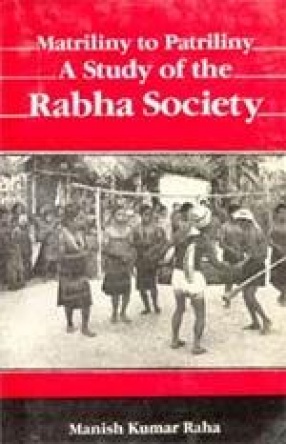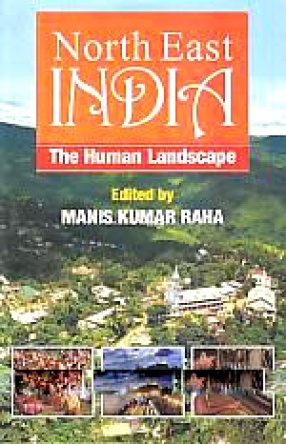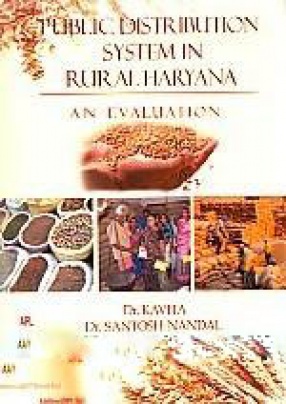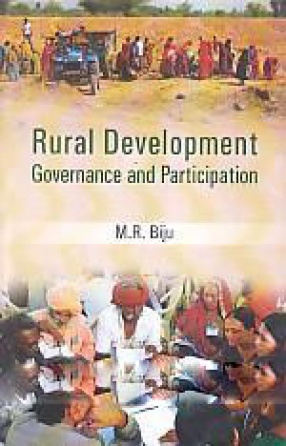The Rabha society in West Bengal which had a matrilineal base in the past, started changing when they came in constant contact with different patrilineal people, particularly the Rajbansis. Various other factors like the heavy influx of the refugees modern education, modern communication, modern legislation, market and cash economy etc. had a tremendous impact on the Rabhas, particularly on those who live in the multi-ethnic villages. But a section of these people who live in the reserve forests when they come in very little contact with the influences of those forces and also where they have never suffered from the population influx, has still retaired their traditional matriliny to a great extent. Here among this section the lien patrilineal cultural traits have failed to penetrate into their matrilineal social organization to give a patrilineal bias by replacing or destroying the original matrilineal cultural traits. The present study, a result of a long field work among both the forest dwelling and the village dwelling Rabhas of the districts of the Jalpaiguri and Cooch Behar, West Bengal, highlights the changes in the structure and function of the Rabha society. It also reveals the relationship of the Rabhas with the people and things around them, inter-ethnic linkages they are having with their ethnic environment and the interactions they have with the ecological situations they are in. As an important work on tribal studies, the book breaks a new anthropological ground and brings in focus a little-known tribal community.
Matriliny to Patriliny: A Study of the Rabha Society
In stock
Free & Quick Delivery Worldwide
reviews
Bibliographic information
Title
Matriliny to Patriliny: A Study of the Rabha Society
Author
Edition
1st ed.
Publisher
ISBN
8121202442
Length
xiv+373p., Tables; Figures; Plates; Illustrations; Appendix; Bibliography; Index; 23cm.
Subjects








There are no reviews yet.